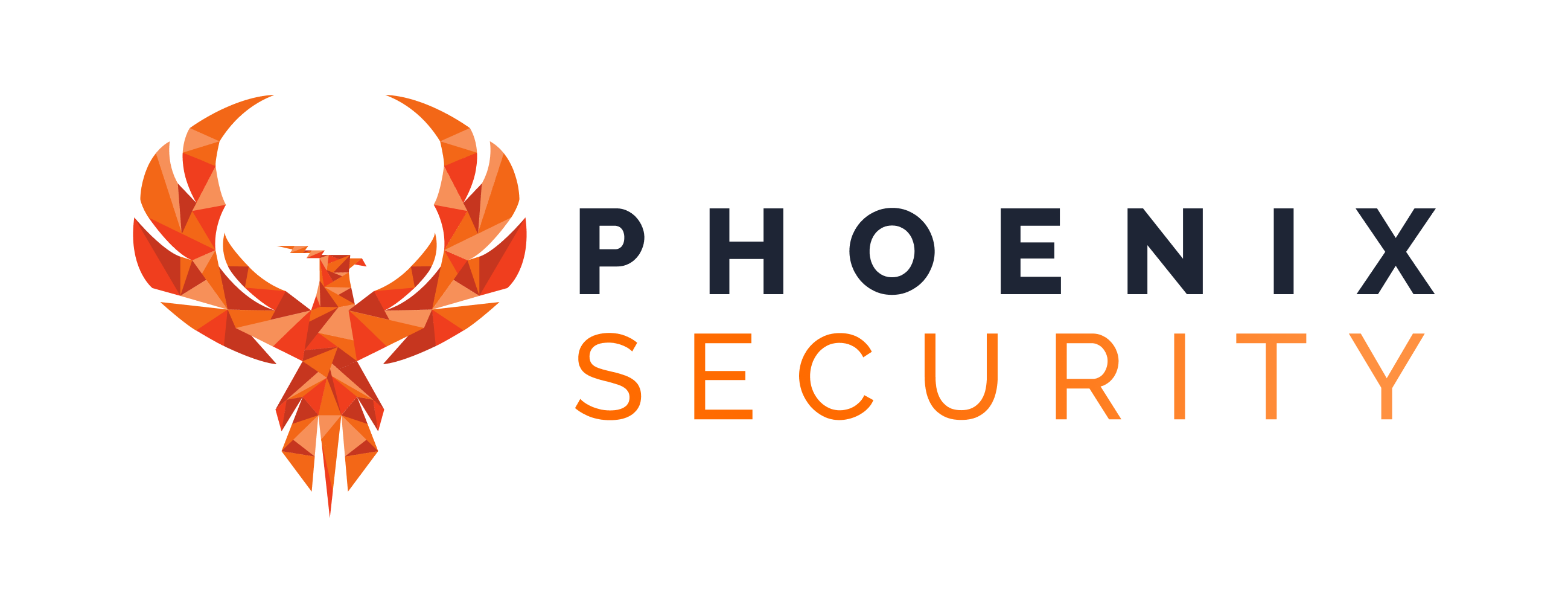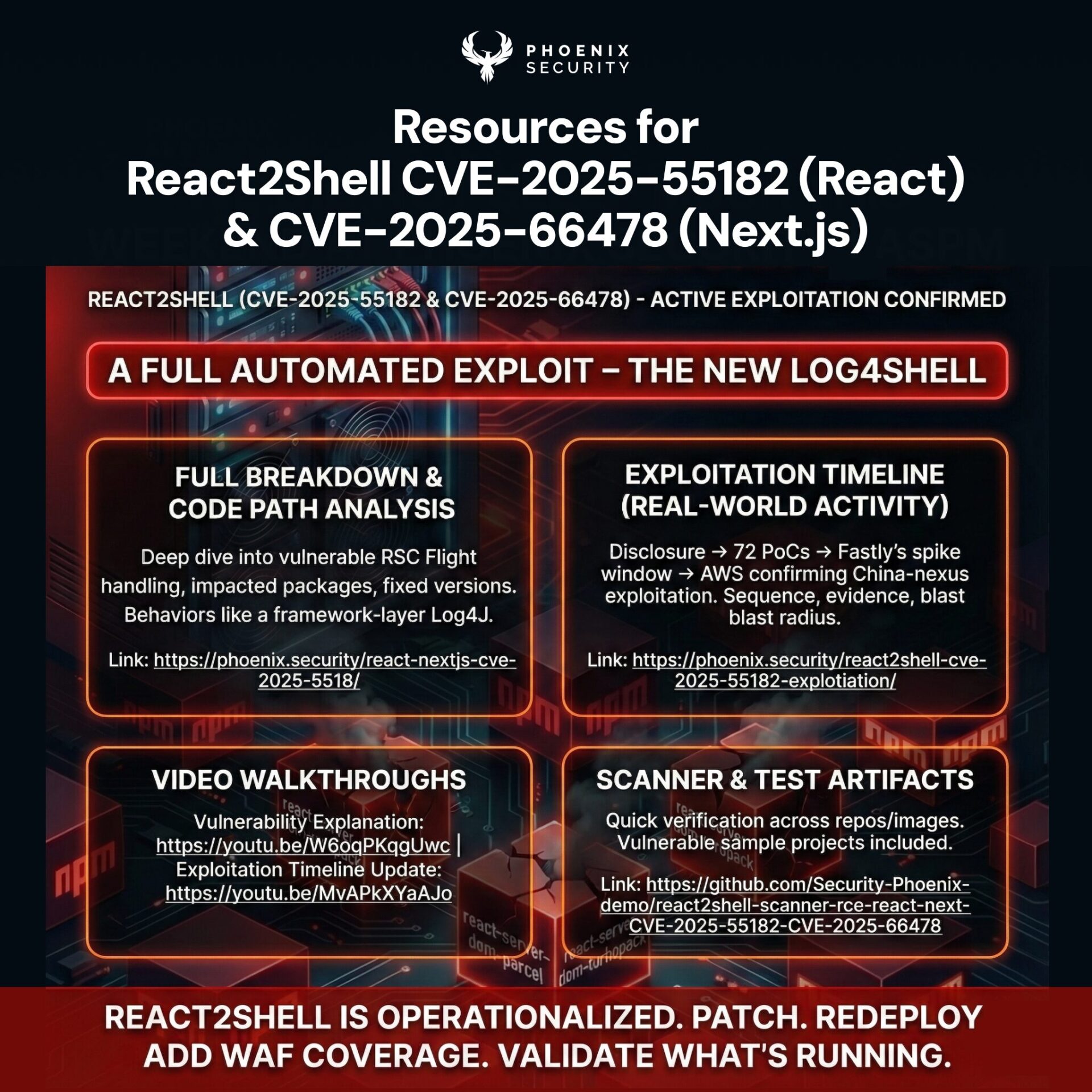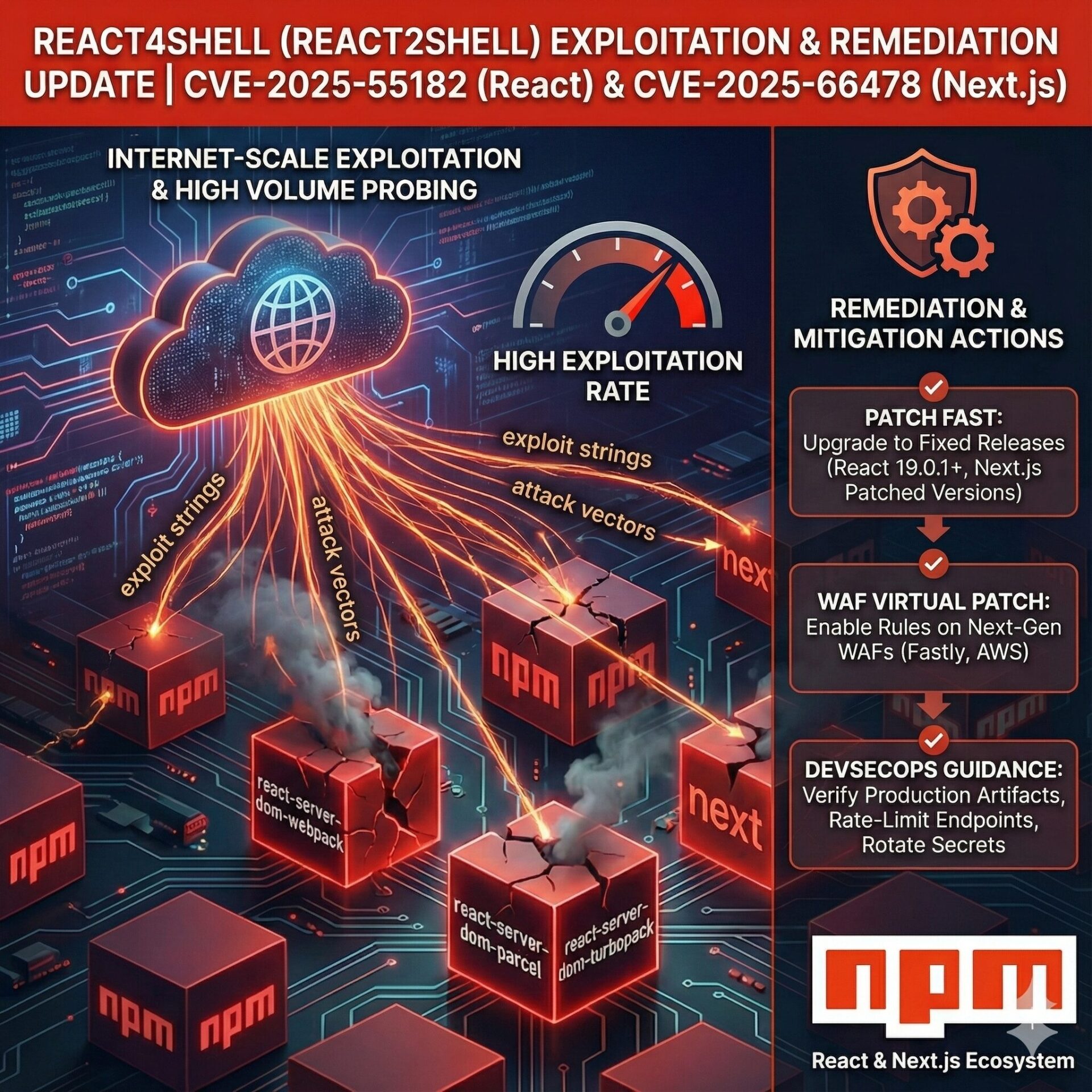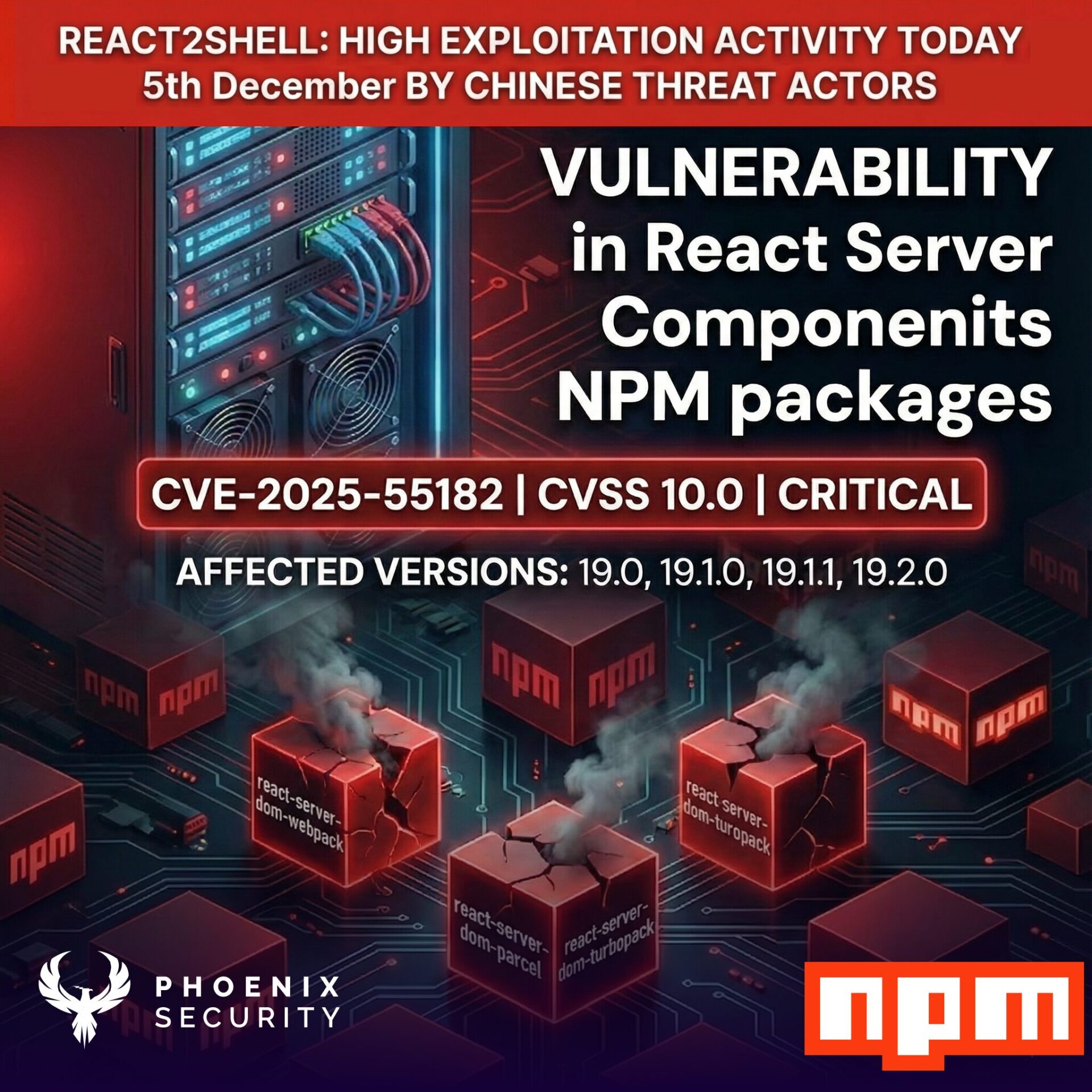You’ve heard terms like ASPM (Application Security Posture Management), surface management, code to cloud, reachability analysis, attack path, traceability, lineage, attribution and more terms related to vulnerability management and surface management. I’m here with Phoenix Security to demystify It’s easy to get lost in this jargon, yet these concepts remain at the heart of our cybersecurity strategies. As someone deeply entrenched in the ASPM category, I’ve witnessed its rise to prominence.
In an era where application security is more crucial than ever, demystifying the jargon—ASPM, traceability, reachability analysis, and lineage—is key to strengthening our cyber defences. Application Security Posture Management (ASPM) has emerged as a critical strategy, transitioning from the reactive stances of yesteryears to proactive, full-spectrum defence mechanisms. This article aims to clarify these concepts and elucidate how ASPM is pivotal in navigating the complexities of modern software security, stripping back the layers and returning to the core of securing assets throughout their lifecycle. Let’s delve deeper.
We covered ASPM in a previous article and the intricacies of runtime environment and application security
Contents
ToggleThe concept we will unpack
- ASPM – Application Security Posutr management
- Traceability analysis
- Reachability analysis from a code perspective
- Attribution of vulnerabilities and code
- Contextual reachability
- Code to cloud and traceability analysis
- Asset lineage and tracing where the assets have been formed and come from
The Core of ASPM in Cybersecurity Strategy
ASPM is the fulcrum in today’s application security, providing a panoramic view that extends beyond code vulnerabilities to include the infrastructure and data flow. The essence of ASPM lies in its capacity to offer traceability from code to cloud, enabling a robust reachability analysis that ensures vulnerabilities are not only identified but also contextualized within the application’s operational environment.
Traceability and Reachability in Code Analysis

Traceability in ASPM is the ability to follow the journey of a vulnerability from its origin in the code to its manifestation in a library or dependency. Reachability analysis complements this by evaluating if and how a vulnerability can be exploited, providing a clear view of potential attack paths. This dual analysis is crucial for security teams to prioritize vulnerabilities based on actionable intelligence, such as evidence of active exploits in the wild.
Get an analysis of your contextualized application risk
Keywords to evidence if a vulnerability is going to be exploited
- Reachability analysis in code is the ability to trace a particular set of calls from code all the way to the library where an issue is. The analysis enables application security professionals to determine if a particular vulnerability is going to be exploitable.
- Traceability describes the journey an application does from the time is written (code), built (built file) and deployed.
- Attribution describes the association of the right team to the right repository, the piece of software being built and the right bill of material (BOM, Cbom, etc…)
- The lineage of assets express the concept of deployed artefacts (like container images, cloud assets) and how those artefacts were created (container build file, cloud build file/ terraformation file)

A great reference for the complexity of the process and the threat modelling can be is the post from Jonathan Meadows
Exploitability of vulnerabilities in software and forecasting what’s the next vulnerability to be exploited
distinguishing between actual and potential exploitability is crucial for prioritizing responses to vulnerabilities. Actual exploitability refers to vulnerabilities for which an exploit exists in the wild, confirmed by evidence of active use by attackers. This scenario signifies a higher risk, as the means to exploit the vulnerability are not only developed but are actively being utilized, posing an immediate threat to systems. For comprehensive insights into the dynamics of exploitability, including the nuances of actual exploits being utilized by attackers, a valuable resource can be found at Phoenix Security’s exploration of exploitability.
To demystify the terms
- Exploitability – the verified presence of an exploit in the wild with evidence of the exploit being used in the wild https://phoenix.security/what-is-exploitability/
- Potential Exploitability less likely that a vulnerability is exploitable as the exploits are not used in the wild, also referred as proof of concept
- Network reachability analysis – the ability to reach the particular host where the application is deployed. Usually, this is called attack path mapping, an interesting approach to the subject (check this interesting article from neo4j)

On the other hand, potential exploitability deals with vulnerabilities that, while theoretically exploitable, haven’t been observed being exploited in real-world attacks. These are often referred to as Proof of Concept (PoC) exploits. A PoC exploit demonstrates the feasibility of an attack but doesn’t necessarily indicate that it’s being used maliciously. This distinction is critical because it helps security professionals assess the immediacy and likelihood of a threat materializing. While actual exploits demand immediate action, potential exploits require monitoring and assessment to determine if they evolve into more significant threats. For a deeper understanding of Proof of Concept exploits and their role in cybersecurity, this definition by TechTarget offers detailed insights.
By understanding the difference between actual and potential exploitability, organizations can prioritize their security efforts more effectively, focusing on neutralizing immediate threats while preparing for possible future vulnerabilities. This approach ensures that resources are allocated efficiently, bolstering defenses where they are most needed and maintaining a robust security posture against both current and emerging threats.
We at phoenix have complied a list of sources as part of the threat intelligence work that powers phoenix security cloud platform
- CISA KEV: https://phoenix.security/what-is-cisa-kev-main/
- Exploit in the wild: https://phoenix.security/what-is-exploitability/
- OWASP/Appsec Vulnerability: https://phoenix.security/what-is-owasp-main/
- CWE/Appsec Vulnerabilities: https://phoenix.security/what-is-cwe-main/
The Significance of Attribution and Lineage

Understanding who is responsible for what and where within an application’s lifecycle is the cornerstone of effective ASPM. Attribution ensures that vulnerabilities are assigned to the right teams, facilitating a quicker resolution. The lineage of an asset, on the other hand, provides a historical record of its evolution, from development through deployment, enabling better governance and control over the application ecosystem.
Get in control of your Application Security posture and Vulnerability management
Application security ASPM and the engine light

Application security is nowaday like understanding the myriad threats and vulnerabilities can feel as daunting as a driver deciphering the inner workings of their automobile. Just like a driver relies on their vehicle’s performance without a detailed knowledge of every nut and bolt, individuals and organizations expect their digital systems to function securely without needing to understand each underlying detail. When the ominous glow of the check engine light—or in cybersecurity terms, an alert—illuminates the dashboard, it offers little more than a vague indication that something is amiss, lacking the specificity needed to address the issue directly. Typically, this scenario would necessitate a visit to a mechanic, where the car undergoes a thorough examination to pinpoint the problem, much like the detailed analysis required when a generic security alert is triggered.
Imagine, however, a scenario where your car’s diagnostics go beyond the ambiguous warning of the check engine light. Instead, a sophisticated alert system precisely identifies problematic components, such as specific bolts—bolt 123 and bolt 221—critical to the engine’s performance. This level of detail would not only expedite the repair process by directing attention to the exact issues but also alleviate the uncertainty and stress associated with vague warnings. Furthermore, if the diagnostic tool indicated that the issue with the bolts wouldn’t immediately compromise the vehicle’s operation, allowing for an additional 20-40 miles of safe driving, the driver could make an informed, risk-based decision on how to proceed—whether to address the repair immediately or plan for a visit to the garage at a more convenient time.
This analogy beautifully illustrates the value of precision and context in cybersecurity, especially within the realm of Application Security Posture Management (ASPM). By providing detailed, actionable insights into specific vulnerabilities and their potential impact, ASPM empowers organizations to make informed decisions on prioritizing and addressing security threats. This not only streamlines the remediation process but also enhances the overall security posture by focusing efforts on the most critical issues, thereby making the management of cybersecurity as straightforward and efficient as maintaining a well-running car.
Addressing the Complexity of Application Security
The complexity of securing applications in diverse environments can be likened to the intricacies of automotive engineering. Just as a driver relies on clear signals to understand their vehicle’s health, businesses require detailed and context-rich indicators to navigate the security landscape. ASPM serves as this sophisticated dashboard, offering precise alerts that enable swift and targeted interventions.
Phoenix Security’s ASPM: The Holistic Solution
Phoenix Security’s ASPM solution embodies this integrated approach by correlating applications with their deployment environments and establishing a risk-based framework for security management. It empowers application owners and developers to connect the dots between where applications are built and where they reside, streamlining the decision-making process regarding security interventions.
Conclusion
In conclusion, ASPM is not just another buzzword; it is a transformative approach that addresses the intricacies of modern application security. With its emphasis on traceability, reachability, attribution, and lineage, ASPM enables organizations to make informed, risk-based decisions that are crucial for maintaining a robust security posture in today’s complex digital ecosystems. Phoenix Security’s ASPM solution stands as a testament to the power of this comprehensive approach, providing the tools necessary for businesses to navigate the cybersecurity challenges of the digital age effectively.
How Phoenix Security Can Help

Phoenix Security helps organizations identify and trace which systems have vulnerabilities, understanding the relation between code and cloud. One of the significant challenges in securing applications is knowing where and how frameworks like Struts are used. ASPM tools can scan the application portfolio to identify instances of Struts, mapping out where it is deployed across the organization. This information is crucial for targeted security measures and efficient patch management. Phoenix Security’s robust Application Security Posture Management (ASPM) system is adept at not just managing, but preempting the exploitation of vulnerabilities through its automated identification system. This system prioritises critical vulnerabilities, ensuring that teams can address the most pressing threats first, optimising resource allocation and remediation efforts.
Get in control of your Application Security posture and Vulnerability management
The Role of Application Security Posture Management (ASPM):
ASPM plays a vital role in managing and securing applications like those built with Apache Struts, Log4j and other vulnerabilities. It involves continuous assessment, monitoring, and improvement of the security posture of applications. ASPM tools can:
- Identify and Track Struts Components: Locate where Struts is implemented within the application infrastructure.
- Vulnerability Management: Detect known vulnerabilities in Struts and prioritize them for remediation.
- Configuration Monitoring: Ensure Struts configurations adhere to best security practices.
- Compliance: Check if the usage of Struts aligns with relevant cybersecurity regulations and standards.
By leveraging Phoenix Security, you not only unravel the potential threats but also take a significant stride in vulnerability management, ensuring your application security remains current and focuses on the key vulnerabilities.
















